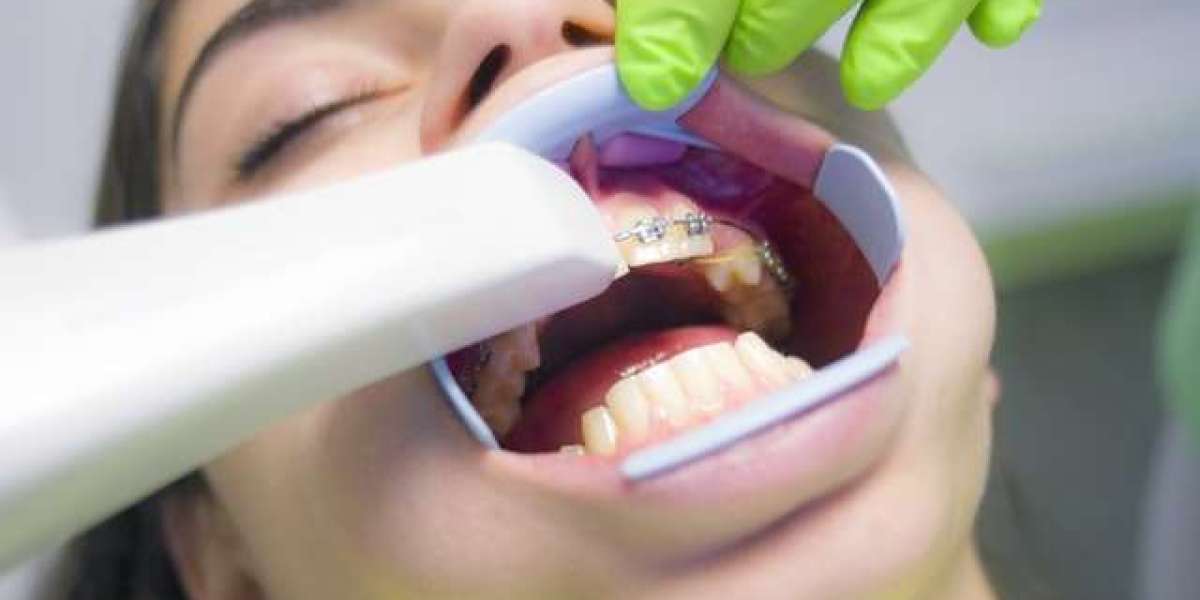Starting treatment with dental appliances can feel overwhelming for many, but understanding what to expect can make the journey much smoother. Whether you are prescribed braces, clear aligners, retainers, or another device, getting accustomed to your new oral device is an important step toward achieving your dental goals. If you’re looking for quality options, Dental Appliances in Dubai offer a wide range of customized solutions to ensure comfort and effectiveness. This article guides you through the initial experience of wearing your first dental appliance, so you can prepare mentally and physically.
Initial Adjustment Period: What Happens in the First Few Days:
When you first start wearing your dental appliance, your mouth needs time to adapt to the new sensation and pressure.
Mild discomfort or soreness in teeth and gums is common, usually subsiding within a few days
A feeling of tightness or pressure as teeth begin to shift or stay in place
Slight speech changes or a temporary lisp, especially with devices like retainers or aligners
Increased saliva production as your mouth adjusts to the foreign object
Difficulty eating certain foods initially, requiring softer diet choices
Being patient and following your orthodontist’s or dentist’s care instructions will help you overcome this initial adjustment smoothly.
Oral Hygiene and Cleaning Tips While Wearing Dental Appliances:
Maintaining proper oral hygiene is critical to prevent plaque buildup, tooth decay, and bad breath during your treatment.
Brush your teeth after every meal using a soft-bristled toothbrush and fluoride toothpaste
Clean your dental appliance daily according to the type; removable devices require gentle brushing or soaking in a cleaning solution
Avoid sugary and sticky foods that can cause appliance damage or promote cavities
Use floss threaders or interdental brushes if you have fixed braces to clean between wires and teeth
Schedule regular dental check-ups for professional cleaning and monitoring
Consistent hygiene routines protect both your teeth and the appliance throughout treatment.
Eating and Drinking with Your New Appliance:
Your diet may need temporary modifications to accommodate your dental appliance and avoid damage.
Stick to softer foods during the first few days to minimize discomfort
Avoid hard, crunchy, or sticky foods such as nuts, popcorn, caramel, and chewing gum, which can damage appliances like braces or retainers
Drink plenty of water to stay hydrated and help wash away food particles
Remove removable appliances when eating or drinking anything other than water (if advised)
Cut food into smaller pieces for easier chewing and less strain on the appliance
Following these guidelines helps protect your dental appliance and promotes a quicker adaptation period.
Managing Discomfort and Emergencies:
Mild discomfort is expected, but severe pain or appliance damage should be addressed promptly.
Over-the-counter pain relievers such as ibuprofen can help ease soreness
Use orthodontic wax to cover brackets or wires that irritate your cheeks or lips
Rinse your mouth with warm salt water to soothe inflammation
Contact your dental provider immediately if your appliance breaks, causes severe pain, or if you experience persistent sores or infections
Avoid attempting to fix or adjust the appliance yourself to prevent further damage
Knowing how to manage discomfort and when to seek help is vital for a safe and effective treatment process.
How Long Does It Take to Get Used to Your Appliance?
Adjustment time varies depending on the type of dental appliance and individual sensitivity.
Most patients adapt within one to two weeks, although minor sensations may linger longer
Clear aligners may require regular wear of 20-22 hours daily for best results, with initial speech adaptation lasting a few days
Fixed braces often need more time for the mouth to get used to the brackets and wires
Retainers and removable appliances typically become comfortable as wear time increases
Following all care instructions and regular wear schedules speeds up adaptation
Being consistent and patient will help you enjoy the benefits of your dental appliance sooner.
Follow-Up Care and Regular Check-Ups:
Continuous monitoring by your dental professional ensures your appliance is working effectively and allows timely adjustments.
Attend all scheduled orthodontic or dental appointments for progress evaluation
Report any persistent pain, discomfort, or appliance issues immediately
Regular professional cleanings help maintain oral health during treatment
Your provider may recommend adjustments, replacements, or new appliances as needed
Compliance with follow-up care is essential to achieve desired treatment outcomes
Ongoing care supports a successful treatment journey and lasting oral health benefits.
Final Thoughts:
Wearing your first dental appliance can seem intimidating, but understanding the adjustment process helps ease anxiety and prepares you for success. With quality Dental Appliances in Dubai, tailored to your unique needs, you can expect a smoother transition and better results. Remember to prioritize oral hygiene, follow eating guidelines, manage any discomfort carefully, and maintain regular dental visits. Embracing these practices ensures your dental appliance works efficiently, bringing you closer to a healthier, confident smile.

